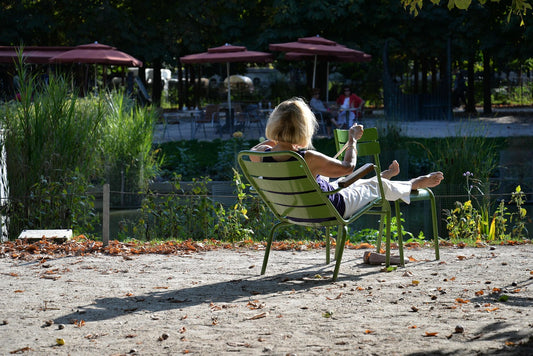Furniture is acoustic treatment.
Every object in your listening room affects the sound, whether you planned it that way or not. Your couch absorbs midrange and treble. That glass coffee table reflects highs. The bookshelf breaks up reflections in complex ways. The bare wall behind your speakers is throwing sound back at you. Your room is already acoustically treated—the question is whether it's treated well or poorly.
Soft, porous materials absorb sound by converting organized pressure waves into heat through friction. That plush sectional sofa is sucking up reflections, especially at higher frequencies. Heavy drapes do the same thing. Too much absorption and your room sounds dead, lifeless. The music loses air and sparkle. But sometimes that's exactly what you need if your room is too lively and bright.
Hard surfaces reflect sound, scattering it in different directions. Bookshelves are particularly magical—all those book spines and varying depths create natural diffusion, breaking up sound waves without killing the room's energy. I've seen countless systems improved dramatically just by adding floor-to-ceiling bookshelves at the first reflection points.
The best-sounding rooms I've worked in achieved their balance almost by accident. A comfortable couch here, a bookshelf there, some artwork on the walls. These everyday objects created an acoustic environment better than many purpose-built treatments. The room sounded natural because it was a living space, not a laboratory.
Before you spend money on acoustic panels, look at what you already have and think about what you could add that serves both sonic and aesthetic purposes.








